Increasing Cancer Incidence
The rising incidence of cancer in China is a pivotal driver for the pd l1-inhibitors market. As the population ages and lifestyle factors contribute to higher cancer rates, the demand for effective therapies intensifies. Reports indicate that cancer cases in China are projected to reach approximately 4.6 million by 2025, necessitating innovative treatment options. This surge in cancer prevalence propels pharmaceutical companies to invest in research and development of pd l1-inhibitors, aiming to provide targeted therapies that enhance patient outcomes. Consequently, The market is likely to experience substantial growth. as healthcare providers seek advanced solutions to combat this escalating health crisis.
Advancements in Immunotherapy
Recent advancements in immunotherapy are significantly influencing the pd l1-inhibitors market. The development of novel therapeutic agents that harness the body's immune system to fight cancer has gained traction in China. With the approval of several pd l1-inhibitors for various cancer types, the market is witnessing a shift towards more personalized treatment approaches. The Chinese government has recognized the potential of immunotherapy, leading to increased funding and support for research initiatives. As a result, The market is expected to expand., with an estimated growth rate of around 15% annually over the next few years, reflecting the growing acceptance of these innovative therapies.
Rising Healthcare Expenditure
The increasing healthcare expenditure in China is a notable driver for the pd l1-inhibitors market. As the country continues to invest in healthcare infrastructure and services, the demand for advanced cancer therapies rises correspondingly. In 2025, healthcare spending in China is projected to reach approximately $1 trillion, reflecting a growing commitment to improving health outcomes. This surge in expenditure enables healthcare providers to access and implement cutting-edge treatments, including pd l1-inhibitors. Consequently, the pd l1-inhibitors market is poised for growth as more patients gain access to these innovative therapies, ultimately enhancing the overall quality of cancer care in the region.
Government Support and Funding
Government support and funding for cancer research and treatment are crucial drivers for the pd l1-inhibitors market. The Chinese government has implemented various initiatives aimed at enhancing cancer care, including financial incentives for pharmaceutical companies developing innovative therapies. In recent years, funding for oncology research has increased significantly, with the government allocating over $1 billion annually to support cancer-related projects. This financial backing encourages the development and commercialization of pd l1-inhibitors, fostering a conducive environment for market growth. As a result, the pd l1-inhibitors market is likely to benefit from this robust governmental support, facilitating advancements in treatment options for patients.
Growing Awareness and Education
Growing awareness and education regarding cancer treatment options are essential drivers for the pd l1-inhibitors market. As public knowledge about cancer and its therapies increases, patients are more likely to seek advanced treatment options. Educational campaigns and initiatives by healthcare organizations have contributed to a better understanding of immunotherapy and its benefits. This heightened awareness is reflected in the increasing number of patients opting for pd l1-inhibitors as part of their treatment regimen. As a result, the pd l1-inhibitors market is expected to expand, driven by informed patients who actively participate in their treatment decisions.


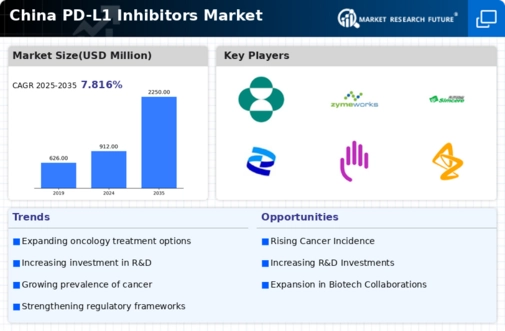
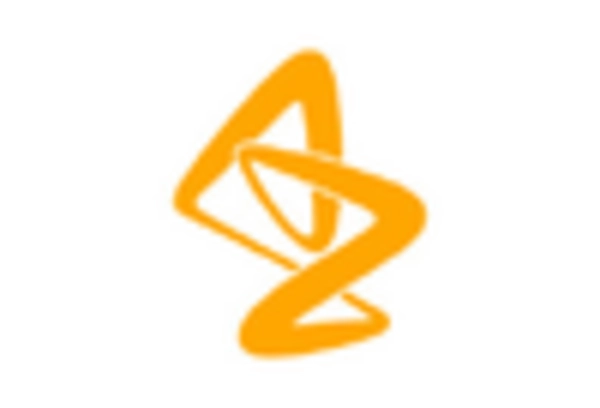

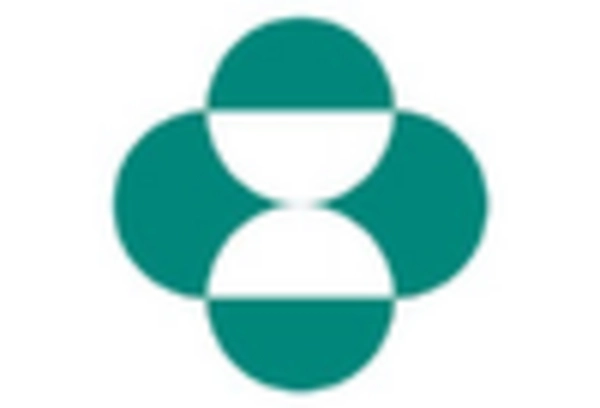

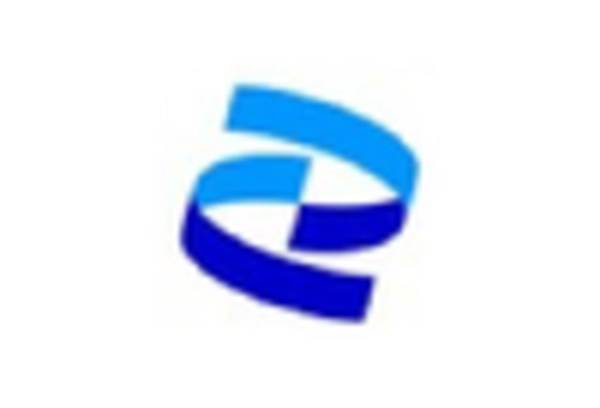
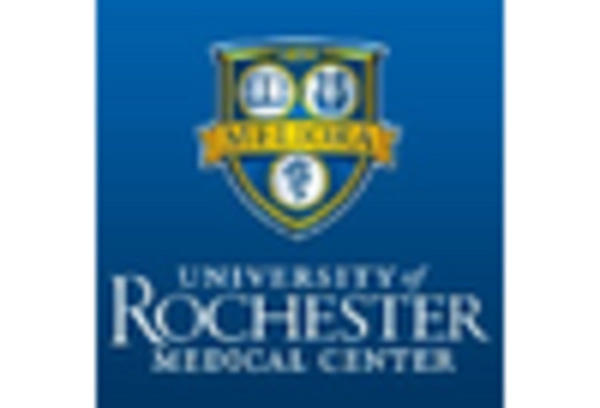








Leave a Comment